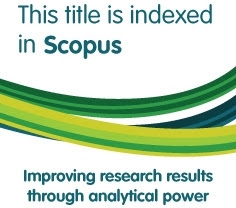Cultural Presentation of the Muslim Middle Class in Contemporary Indonesia
Abstract
One approach to understanding the platform of New Order politics is to view it as having been a contest between Indonesian Political groups for access to power. Throughout the New Order period, economic capital was largely in the hands of a Chinese minority, while political capital was in the hands of the abangan Javanese priyayi. At the same time, the santri (the 'true Muslims'), have been economically and politically marginalized. They have been, as Wertheim (1975) put it, "the outsiders". Since the 1980s, thanks to the success of development efforts, Indonesia has been undergoing rapid economic development and a massive educational transformation. These economic and educational transformations have increased the percapita income and standard of living, mostly in urban areas, and expanded the 'middle class'. For the urban Muslim community -which represent the bulk of those most affected by development- the economic and educational transformations have not only resulted in class transformation creating a 'middle rank', but also caused the mobilization of the decades-marginalized santri who have embraced the project of cultural Islam.
Full Text:
PDFDOI: https://doi.org/10.15408/sdi.v7i2.708
Refbacks
- There are currently no refbacks.

All publication by Studia Islamika are licensed under a Creative Commons Attribution-NonCommercial 4.0 International License.
Studia Islamika, ISSN: 0215-0492, e-ISSN: 2355-6145
View My Stats
